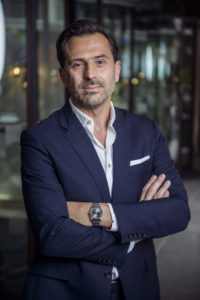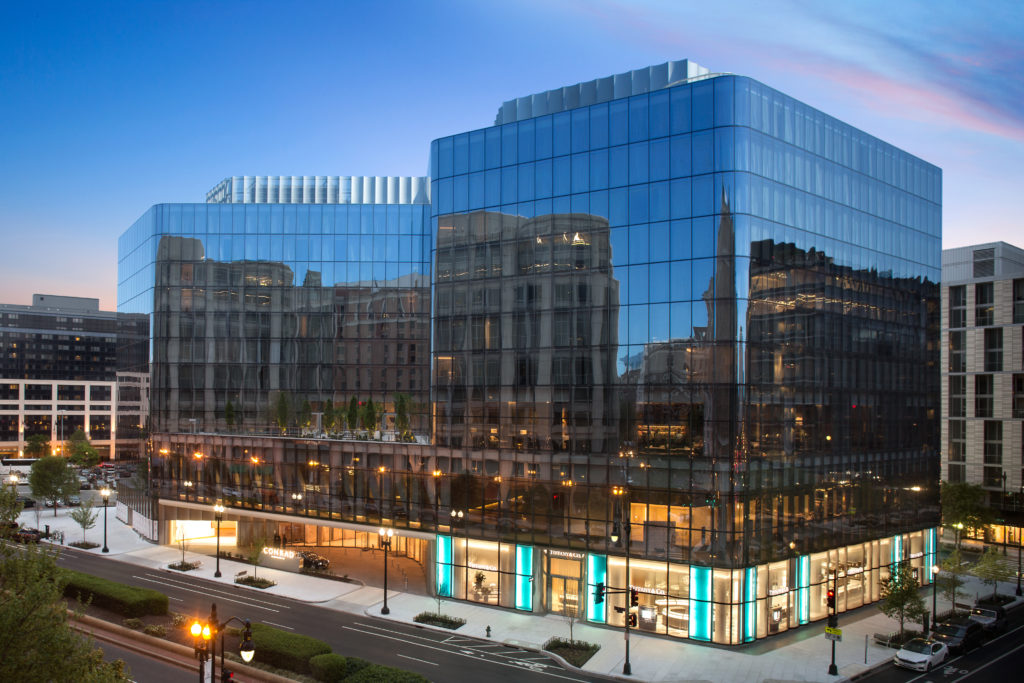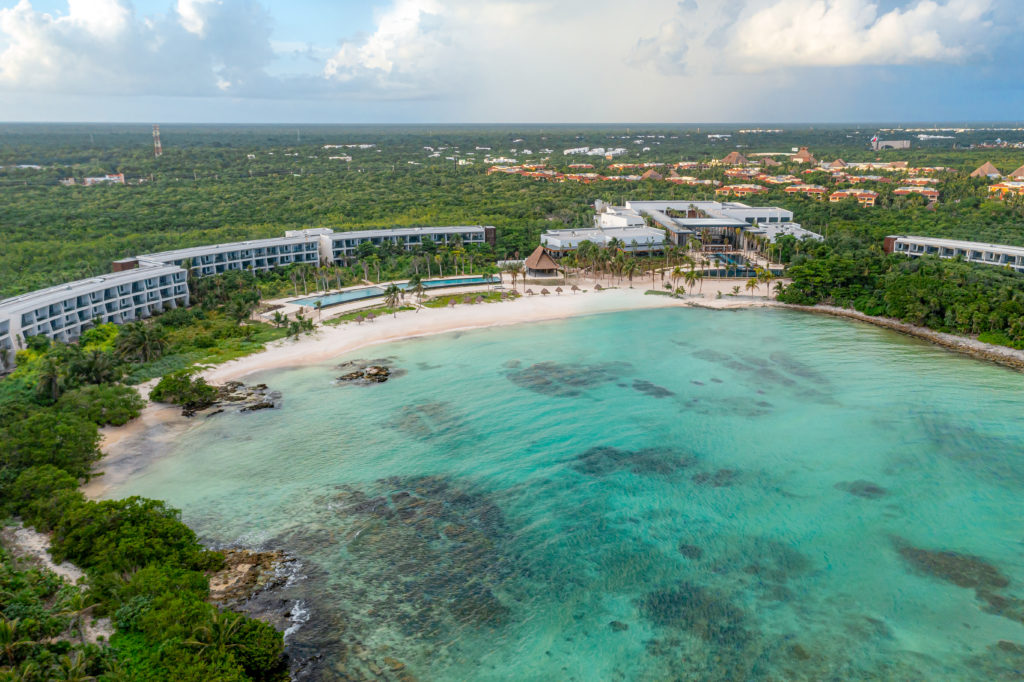Conrad Hotels and Resorts may have started out as a loophole, but its recent growth trajectory, combined with a deeper focus on guest experiences, is cementing the brand’s position in the luxury marketplace.
Though the brand still totters between urban business travel hotel and bucket-list luxury resort, the brand is finessing what it stands for, who it’s right for, why owners should want it and why developers should build it—even as uncertain times may lay ahead.
“We are going from strength to strength,” Dino Michael, SVP and global category head of Hilton’s luxury brands, said of Conrad’s expansion push.
Conrad currently has 44 properties operating globally, six of which opened in 2022, including the brand’s first entry into California with Conrad Los Angeles, and two resorts in Mexico. Since 2015, the brand has grown more than 100 percent. Twenty new hotels and resorts are expected in the coming years in a diverse mix of destinations, such as Orlando, Morocco, Kuala Lumpur and Athens, Greece.
“It’s a really good growth story,” Michael said. “We’re really happy with where we are and what’s coming in the pipeline.”

STRETCHING BACK
The Conrad brand has evolved since its launch in 1982, when Hilton Hotels and Hilton International were still two separate companies. But it was not without some growing pains.
Barron Hilton, the company’s CEO at the time, created the luxury Conrad brand (named for his father) to get around a clause that forbade Hilton Hotels from operating internationally under the Hilton name. When the two companies merged in 2005, Conrad stayed on as Hilton’s luxury brand. Today, Conrad sits with Waldorf Astoria Hotels and Resorts and the LXR collection as Hilton’s top-tier luxury brands.
It’s tricky beginning is potentially reason why Conrad has developed a split personality of sorts—a business traveler’s hotel with a handful of jaw-dropping overseas resorts stashed in its back pocket.
“Most people have experienced Conrad in an urban destination, a central business district, and we’ve been really strong in Asia for a while. What maybe hasn’t been as obvious is that we’ve been in the resort space for a while,” Michael said, citing Conrad Maldives Rangali Island as the first resort to put a room on stilts, which led to the overwater bungalow craze the destination is now known for. That novel room category was subsequently replicated at Conrad Bora Bora and Conrad Koh Samui.
Realizing the brand’s strengths in the resort space spurred a push to build out Conrad’s modern resort offerings, starting with Conrad Punta de Mita, which opened in 2020, and Conrad Tulum, which opened last January.
“We are now moving into key destinations, particularly where leisure guests want to go,” Michael said, with more resorts opening in Costa Del Sol, Kuala Lumpur and Orlando.

DIFFERENTIATING FROM WITHIN
At the same time, Conrad is doubling down on its urban destinations, using the Conrad Washington D.C., which opened in 2019, as the model for today’s version of Conrad Hotels. Aside from Los Angeles, Conrad also opened in Nashville and will open a second hotel in Singapore, as well as in several cities throughout China.
With this mix of resort and urban hotels in the pipeline, “I think we’ve got the balance just right,” Michael said.
And growth begets growth, as every new hotel or resort opening piques interest of owners and developers.
“Our greatest asset is always going to be our existing portfolio,” Michael said. “We get a spike every time we add these flagship locations. Owners can come and touch it, feel it, understand it. And that’s what makes them want to sign.”
Conrad is also fleshing out just what makes it different from other luxury brands. Conrad has the unique challenge of doing that not just against a tough competitor set—from Four Seasons to Ritz-Carlton and the myriad other high-end offerings—but also within Hilton, with Waldorf Astoria, the iconic luxury brand, and the LXR collection, a hand-picked assortment of independent high-end hotels.

The way Michael sees it, Conrad fits that certain sweet spot of a post-COVID traveler—guests who may be traveling on business, but then want to take some leisure time, working remotely while they do so—the aptly named “bleisure traveler.”
“This traveler is a bit more dynamic in terms of their pace and their propensity to use the Conrad as a great jumping off point to see more of the city,” Michael said.
To capture this market, Conrad is beefing up its leisure experiences through the Conrad Cultural Connector program, which gives guests insider access to spots around the destination, along with prioritizing strong design and architecture and livening up the food and beverage outlets.
“We want to continue to be bold, innovative and daring—to find the next local superstar,” he said. “We want to keep the energy levels up, so we’ll continue to see more interesting F&B concepts coming out.”
Conrad already boasts two new restaurants from award-winning chef Jose Andrés at Conrad Los Angeles; the PEM restaurant from top female chef Sally Abè at the Conrad St. James in London; and the popular Kimpo restaurant in Dubai, best known for its Korean fried chicken.
Conrad may be in a growth spurt, but Michael said there isn’t a compulsion to keep expanding.
“When it comes to luxury, we’re not under pressure to sign deals for the sake of signing deals,” he said. “We’ve got a target list of areas we want to be, but the good thing is we can say no to a deal that doesn’t quite work for us. And that’s the right thing to do for the owner as well.”
Even with a potential recession looming this year, Michael is feeling bullish about the luxury space, having proved itself to be resilient in the aftermath of COVID.
“Luxury for a lot of our owners is a long-term investment. It’s not a short-term flip,” he said. “There’s always going to be something going on in the world. From a long-term trajectory, there’s a huge amount of confidence and comfort in the category.”

Story contributed by Juliana Shallcross.
